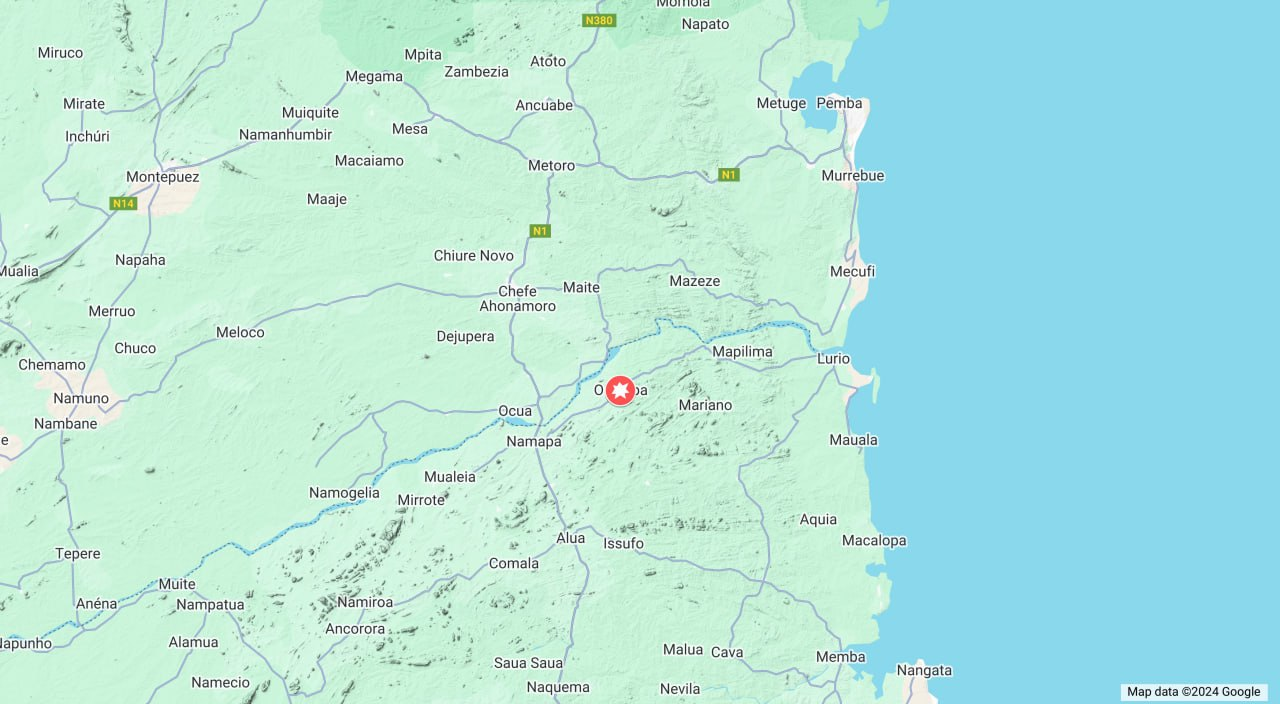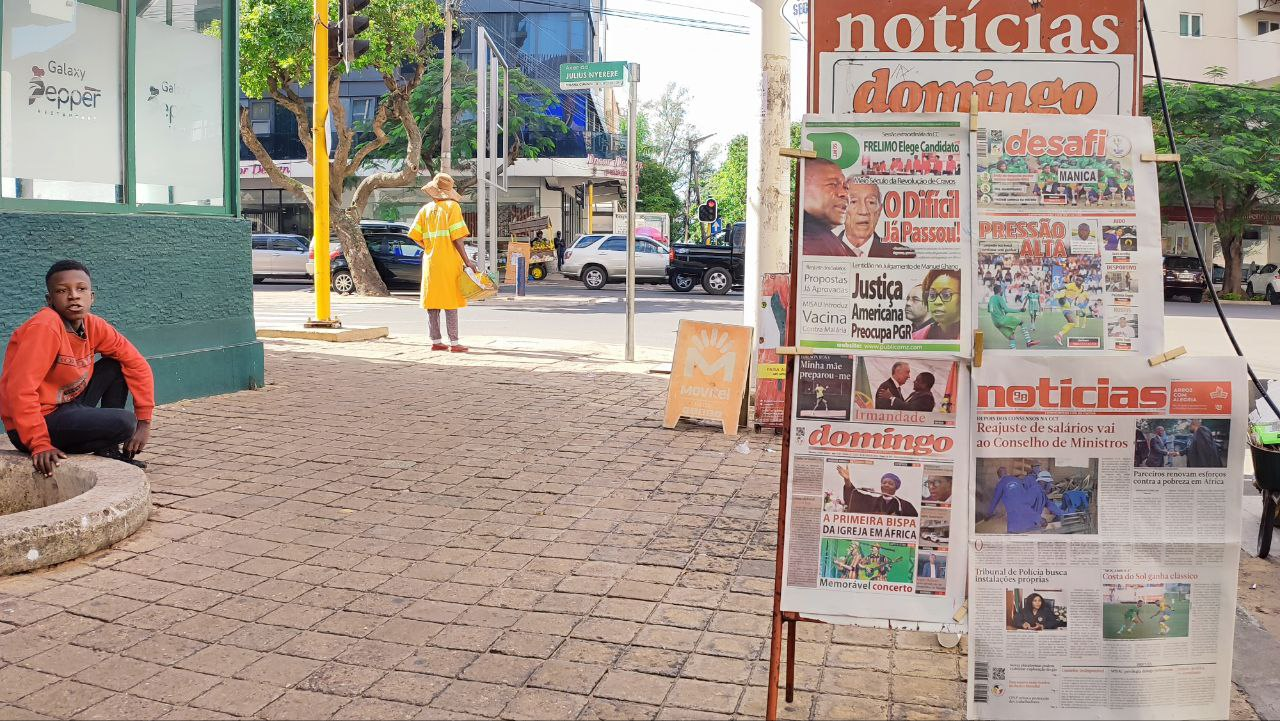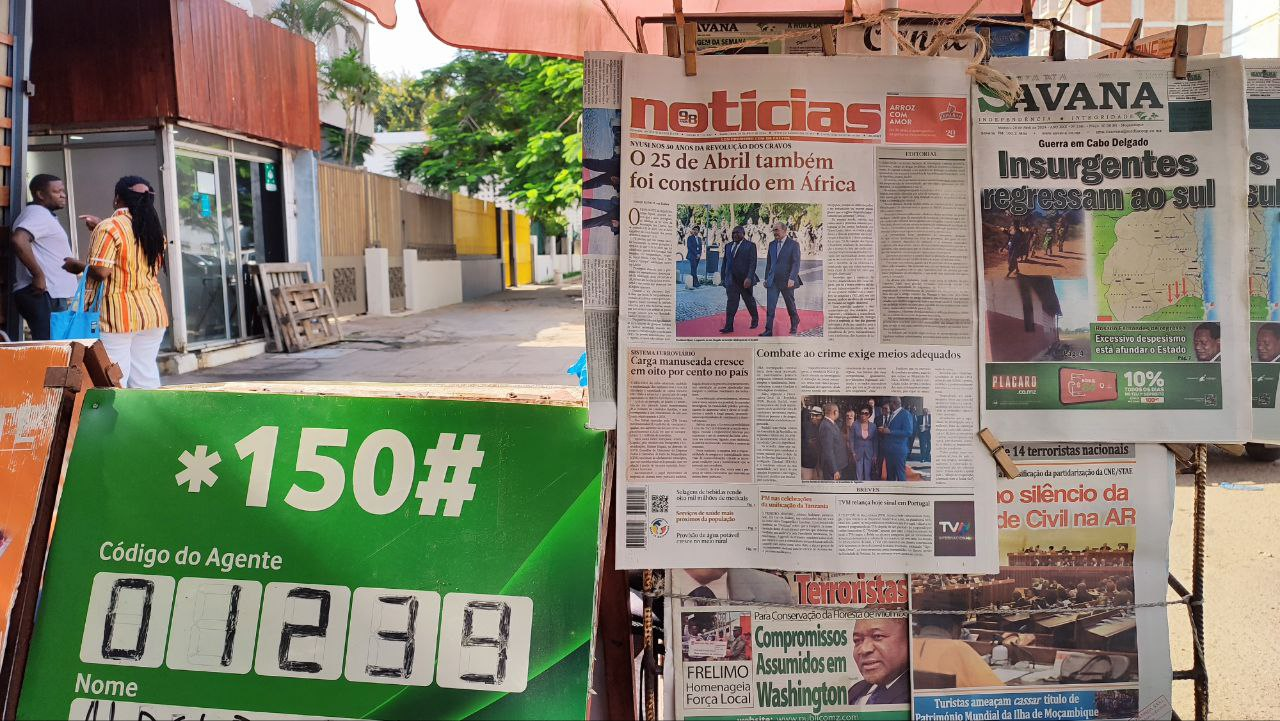September may come to mark a profound shift in the character of the conflict in Cabo Delgado province as insurgents launched an unprecedented campaign of improvised explosive device (IED) attacks on military patrols in Macomia and Mocímboa da Praia districts. Islamic State (IS) claimed responsibility for six IED attacks between 11 September and 1 October, although only two have been confirmed so far. Still, this represents a significant uptick in incidents which have only been an occasional feature of the fighting so far.
This article was first published on 17 October 2023 as part of the Cabo Ligado Monthly: September 2023

The IED attacks have largely targeted two main roads: one between Mbau and Limala in Mocímboa da Praia, and the other between Quiterajo and Mucojo in Macomia. These roads are vital arteries for the security forces. The former provides access to the Rwandan Security Forces (RSF) base at Mbau, while the other is necessary for movement along the coast, where insurgent activity has been concentrated for several months. Both routes are shrouded by forests, allowing insurgents to plant explosives and withdraw undetected.
Cabo Ligado understands that security forces believe there may be up to four bomb makers currently operating in Cabo Delgado. This would explain the growing prevalence of IEDs as well as their increased sophistication. Insurgents have used IEDs on occasion throughout the conflict, but they were usually primitive, cobbled together with poor components. In July this year, insurgents appeared to successfully use a remote-detonated explosive for the first time, destroying a Mozambican armored personnel carrier. Most of the recent IEDs seem to be pressure-activated but insurgents have demonstrated they possess a new breadth of expertise.
IEDs represent a decidedly new strategy for the insurgency, which has typically favored small arms assaults on military and civilian targets. They allow insurgents to minimize casualties on their own side while inflicting chaos on the other and preventing them from effectively responding to incidents. The invisible but ever-present threat of driving over a hidden bomb is already taking a psychological toll on Mozambican troops who have had no training in this kind of warfare, a local source told Cabo Ligado.
Insurgents have usually shied away from direct confrontations with the better-trained and heavily-armed RSF and Southern African Development Community Mission in Mozambique (SAMIM), but IEDs have evened the odds. International troops have been the main targets of roadside bombs this month, putting them more on the frontline than they have been since the offensive to recapture Mocímboa da Praia in August 2021.
Relying on IEDs is likely borne out of necessity. A United Nations Security Council report estimated in February 2023 that there were around 280 adult male fighters left in the field, down from around 2,500 prior to the intervention of RSF and SAMIM in July 2022. ACLED data show that monthly instances of political violence declined to an all-time low of just three in April this year and have hardly recovered since. Clearly, the insurgency’s offensive capability has been thoroughly eroded in the last two years and it no longer has the resources to commit soldiers to battle as it used to.
This presents a fundamental challenge to the sustainability of the insurgency, which has sourced most of its weaponry from the looted arsenals of the Mozambican Defense and Security Forces (FDS). Without the manpower to assault FDS positions, the insurgents will struggle to resupply. IEDs enable the insurgency to keep up the fight without putting its men in the line of fire.
The nature of IEDs means the insurgents may not necessarily be present to verify if they were deployed successfully. IS claims of damaging or destroying armored personnel carriers should therefore be treated with skepticism. Few pictures of wrecked vehicles have emerged this month, although the IS newspaper al-Naba argues that is because they are deliberately recovered as fast as possible so they cannot be used in insurgent propaganda. Nonetheless, IS social media has proved to be one of the most reliable sources of information on attacks in Cabo Delgado and each claim probably indicates at least an attempt to deploy an IED.
Deprived of resources and recruits, insurgent leaders may have realized that they cannot keep fighting the same kind of small arms war, at least not while they are up against the superior firepower of RSF and SAMIM. If this month’s events are indicative of a new trend, it may be that the insurgency is betting on biding its time, bleeding security forces of troops, equipment, and morale from the safety of the bush, until it recovers its strength to strike decisively once again.










